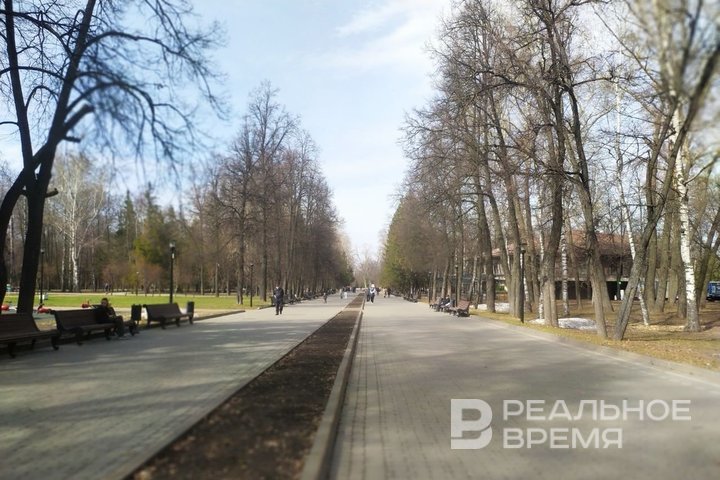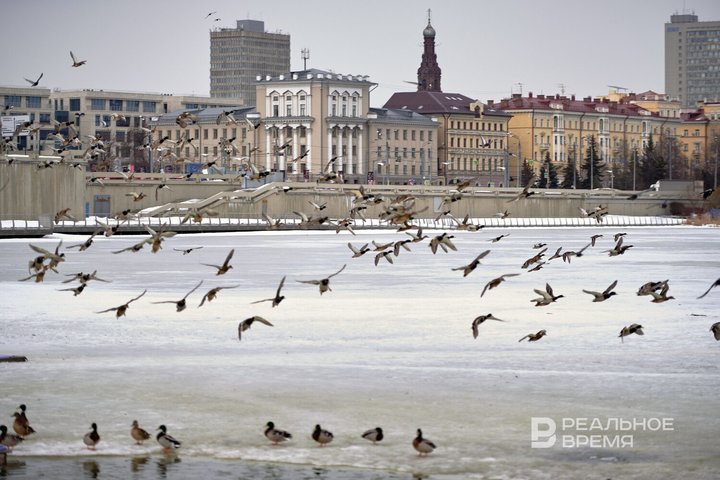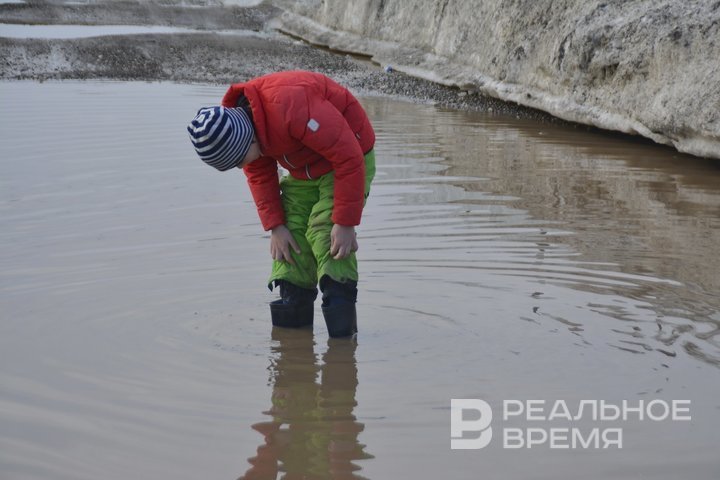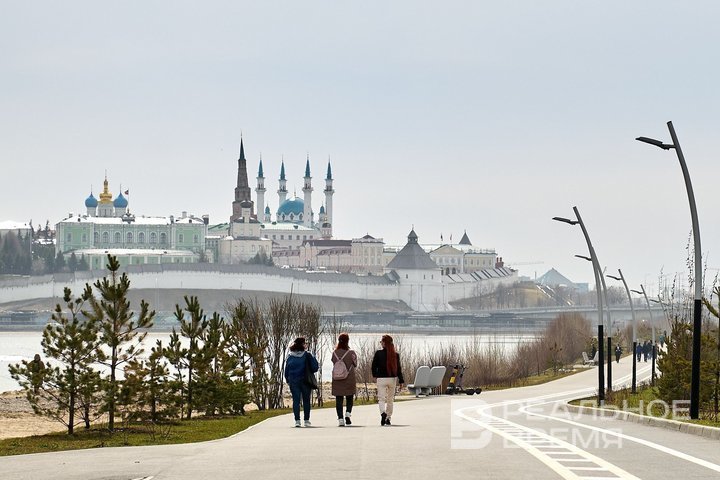Temperature records: hot spring expected in Tatarstan?
The Weather Centre of the Republic reported an imminent cold snap

For several days in a row, new temperature records have been set in Kazan — the excess of the average temperature is 10 degrees. Abnormal heat has been recorded in Tatarstan for several months now, and, according to forecasts from the Russian Weather Centre, the trend will continue until at least September. However, in the near future, residents of the republic can expect a cold snap. Read more about it in the report of Realnoe Vremya.
March is considered a winter month, but this year was an exception
The average temperature in March in Kazan reached +2 degrees, with the average being -3.3 degrees, climatologist Timur Aukhadeyev told Realnoe Vremya.
“March in our climate zone, in Kazan, is considered a winter month. Spring starts with 0 degrees, and this year March exceeded the norm by more than 5 degrees. This is a lot,” he explained.
Long-term forecasts turned out to be wrong, the climatologist continued. A positive temperature anomaly in March was expected, but should not have exceeded 1-2 degrees.

Aukhadeyev named the anticyclonic nature of the weather as the reason for such anomalies:
“Our winter was also very warm. This year the Atlantic was overheated, and it heats the entire continent. Cyclones form under it, and due to the westerly transfer in the atmosphere, these air masses, along with vortices, move deep into the continent. The extremely warm March did not break the 2020 record — then in the first month of spring, the thermometer readings were recorded at +2.6 degrees.”
The snow melted three weeks earlier than usually
The abnormally warm weather also affected the early melting of the snow — according to Aukhadeyev, it should have started to melt now, in the first ten days of April. And it happened in the third ten days of March.
“Snow is a substance that accumulates. The peak height of the snow cover should occur in March — on the fifth, the level should reach about 50 centimetres. This year, the snow depth did not exceed 29 cm throughout the winter,” he noted.
At the same time, a shortage of precipitation has been recorded in the last two months. As head of the Weather Centre of Tatarstan Felix Gogol told the publication, in most of the republic, their volume was 43-88% of the norm. In the southeast of the region, an abundance of precipitation was recorded — in Bugulma, their amount exceeded the norm by 42%.

However, Gogol assured that such a deviation from the average is not critical:
“It seems that there was very little precipitation, but this is not entirely true. The snow simply melted quickly due to high temperatures, the height of the snow cover decreased.
At the moment, the snow has almost melted in most of Tatarstan. The exception is the Aznakayevo District — on 30 March, the snow cover there reached 8 cm.”
The temperature will begin to drop in a few days
Tatarstan residents will not be able to enjoy such warm days for long: from Sunday, the temperature in the republic will begin to drop, Gogol said. But at the same time, the thermometer will still show a slight excess of the norm.
“The first return of cold weather will be observed soon. In some places, there will even be wet snow, initially in the northern regions. On Sunday and at the beginning of next week, relatively cold unstable weather will persist in Tatarstan. However, the temperature will still be slightly above normal,” he noted.
It is possible that cold days will come later, perhaps even in May — this, according to Gogol, is the norm for a warm early spring:
“A sharp cold snap is a typical phenomenon for the spring period in our republic, especially if the warm weather came early. This is the so-called return of cold weather, which is caused by synoptic processes. It can vary in intensity, duration, and degrees of temperature background.”

Frosts are also possible. They can become dangerous for the agricultural sector if they come during the flowering period.
At the same time, the long-term forecast shows warmth. According to data from the Russian Weather Centre, excess temperatures will be recorded throughout the growing season (April — September). Thus, the average temperature in April will be 1 degree higher than normal, and in May, June, July and August — less than 1 degree. The September temperature will presumably show a deviation of more than 1 degree.